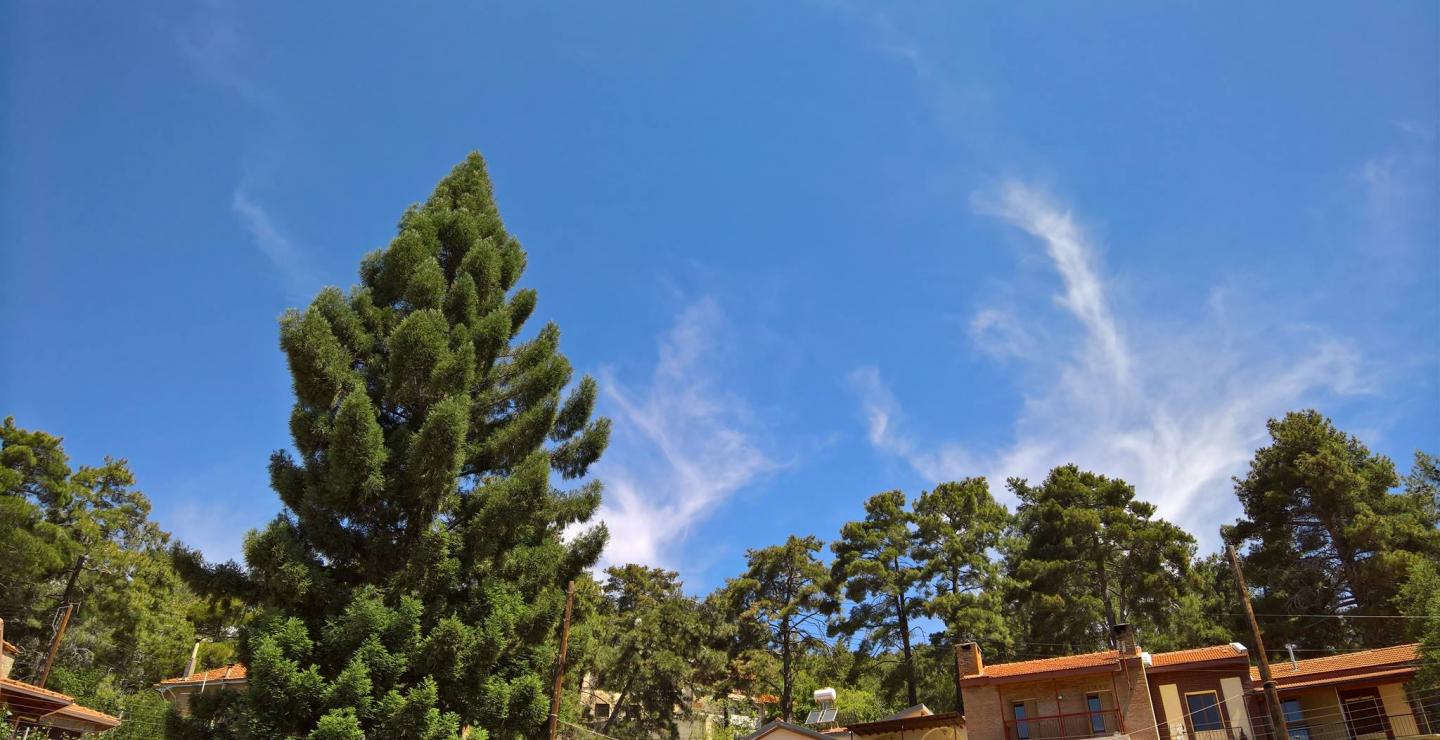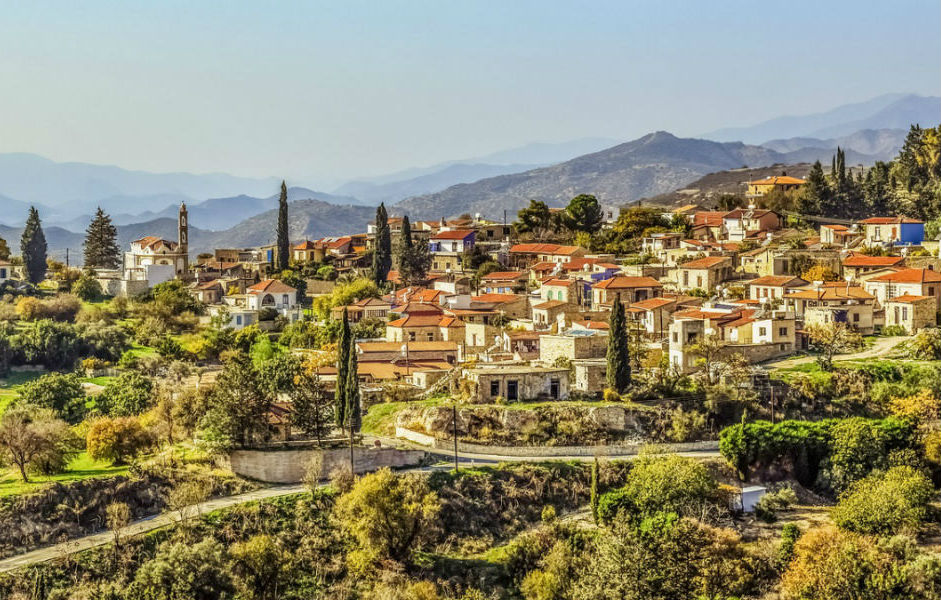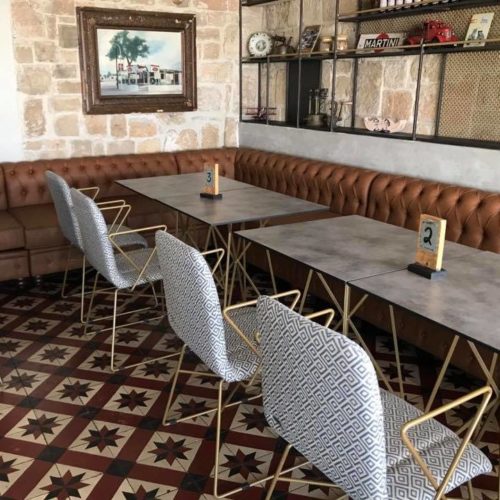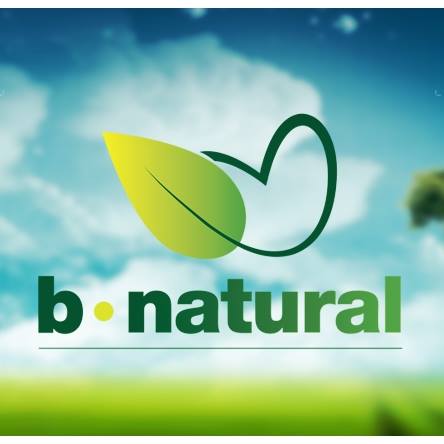Delving into the Essence of Cypriot Hospitality
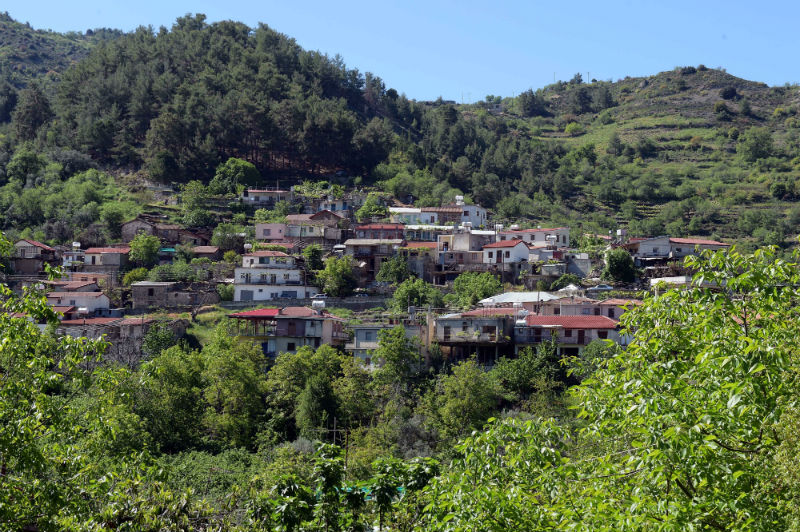
On a whim, two of us jumped into the car and headed towards the Troodos Mountains. We were looking to spend some time away from the busy centre of Nicosia, but most importantly, we were seeking a place to reconvene around a table to drink an ice-cold beer and (if we were lucky) have a small bite to eat.
Opting to head towards the Troodos Mountains is always a safe bet, seeing as it’s dotted with countless traditional villages all along its valleys and peaks. Getting to the summit of Troodos takes a good hour from the capital. We were adamant about finding an idyllic location within half an hour – an entirely probable goal.
After passing the Kolokassides roundabout just on the outskirts of Nicosia, we headed towards the villages of Palaichori, Kokkinothrimithia, and Meniko on a pleasant drive uphill with the sight of the villages on either side of the road. An abrupt turn to the right lead us towards Kato Moni. Seduced by the small wooden roof of the Saint John the Theologian church as we entered the Village of Platanistassa and a quaint village centre, we parked and breathed in the fresh mountain air as we got out.
A stroll through the picturesque village shed light on cherry trees loaded with very ripe fruit that we nibbled on as we got acquainted with our surroundings. Urbanisation has become a phenomenon on the island and we were therefore pleasantly surprised to come across a butcher shop and a supermarket that indicated the ongoing livelihood of the village inhabitants.
On the square of the village, we stumbled upon an inviting, homey coffee shop where women were pealing and cutting vegetables while men sat around another table animatedly talking. ‘Welcome,’ we heard, to which we responded by making ourselves comfortable at a table beside them.
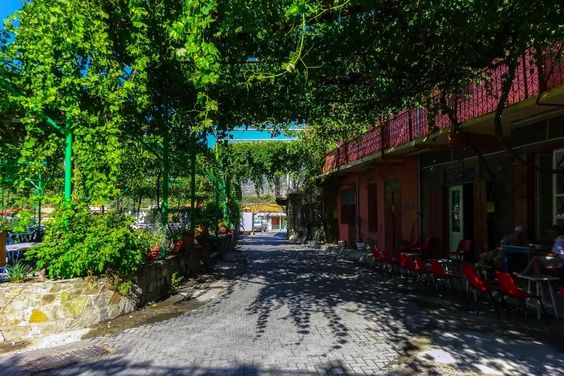
The two beers we ordered came accompanied with two ice-cold beer mugs ensuring our thirst would be quenched. The owner of the coffee shop soon came back to our table with meticulously sliced fresh halloumi cheese, cucumber, tomato and cold cuts. It’s custom on the island to always have something to nibble on while drinking. As the sun went down and we indulged in our own conversation, more nibbles arrived. Pickled quail eggs and fresh anari cheese dressed with honey, along with bread. The generosity propelled a deeper conversation with the owner.
He told us that he had been manning the local coffee shop for the past 50 years. That he was born and bred in the very same village. That if it wasn’t for him, the village would have come to a standstill – a cold reality of urbanisation: there aren’t many people left in the village. A sad thought to ponder, yet a notion that made our time in the village feel all the more special.
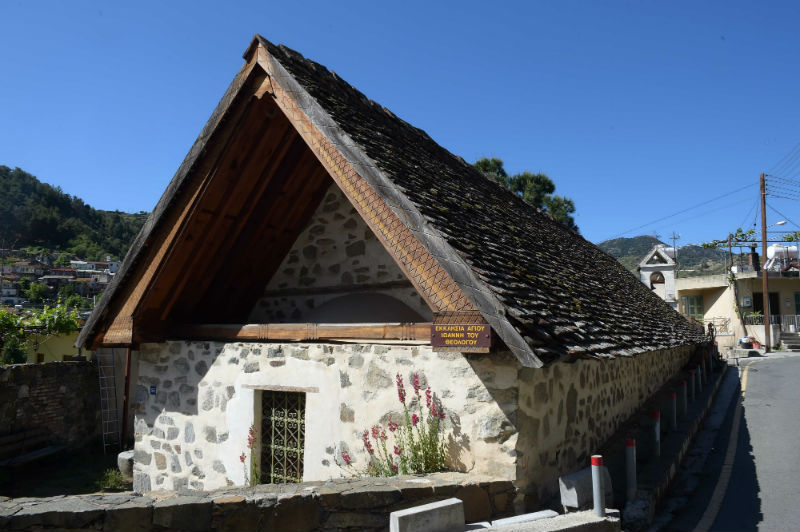
The Church of Saint John the Theologian
During our conversation, he talked about the three churches worth visiting in the village (the Church of Archangel Michael, the Church of Saint John the Theologian and the Church of the Virgin Mary the Katafigiotissa ‘Our Lady of Refuge’), as well as the three variations on the origins of the name of the village. Apparently, the first version says that it came from the tree Platanos (oak trees): Platanistassa means a locality full of oak trees. The second version says it took its name from the ‘Palace’, the rural palace of the Frankish nobles and the royal family that can still be found at the centre of Platanistassa. And the third relates to the ‘horseshoe’ shape of the village, specifically a ‘platana’ – a metal having the shape of a horseshoe that would be placed under the rear part of local footwear in the old times.
He also mentioned that it’s possible to spend the night in the old school, an idea we have filed away for another occasion perhaps.
Platanistassa is a prime example of the urban–traditional lifestyle and hospitality embedded within Cypriot culture – something that every one of you should strive to experience while on the island.

